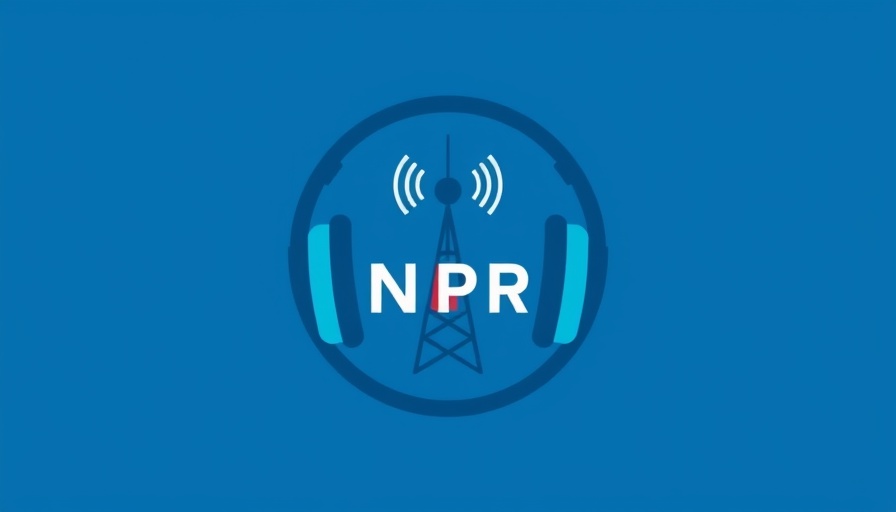
The USDA's Bold Strategy Against Bird Flu: A $1 Billion Lifeline
The U.S. Department of Agriculture (USDA) is stepping forward with a significant initiative aimed at combating the recent surge in bird flu cases, traditionally known as highly pathogenic avian influenza (HPAI). The USDA's plan involves a staggering investment of up to $1 billion, introducing a comprehensive strategy engineered to support farmers and stabilize egg prices amid escalating costs. With eggs poised to become up to 40% more expensive in grocery stores this year due to ongoing shortages, the financial intervention targets crucial aspects of the poultry industry that have been severely impacted since the outbreak began.
Since 2022, poultry farmers have been forced to cull over 166 million chickens to halt the virus's spread. This drastic measure has not only disrupted supply chains but has also led to soaring egg prices, prompting the USDA to extend its efforts with a multi-faceted five-pronged strategy. These actions are crucial as they address the immediate economic challenges faced by the industry while also establishing long-term health safeguards for U.S. poultry producers.
Understanding the Five-Pronged Approach
The USDA's strategy can be divided into five key components that encompass biosecurity, financial relief, regulatory reform, innovative research, and temporary import measures:
- Biosecurity Enhancements: Approximately $500 million will be invested in fortifying biosecurity measures across U.S. poultry farms. This includes expanded assessments and consultations from trained epidemiologists to implement best practices that limit virus exposure.
- Financial Support: The plan allocates around $400 million towards financial relief for farmers whose flocks have been depopulated due to viral threats, with additional measures aimed at accelerating the repopulation process.
- Reducing Regulatory Burdens: Efforts will also focus on minimizing unnecessary regulations that hinder innovation within the chicken and egg industry, which could lead to increased production and reduced consumer costs.
- Research for Vaccines: The USDA has committed $100 million toward researching vaccines for preventive measures against future outbreaks, recognizing the need for innovative solutions to mitigate risks.
- Import Strategies: To counteract domestic shortages, the USDA is prepared to explore temporary import options necessary to ensure that consumers have access to affordable eggs.
Immediate Ramifications for Farmers and Consumers
One of the most urgent concerns lies in the balance between effective pandemic control and market stability. The high mortality rates inflicted on poultry populations by avian flu have raised substantial questions about supply integrity. As Leah Douglas, an agriculture and energy policy reporter, indicates, this crisis presents a double jeopardy for farmers and consumers alike, as the rapid depletion of the laying flock has triggered a supply constraint.
Moreover, questions around price manipulation amidst the shortage have piqued the interest of lawmakers. Consumers are not only wrestling with inflated prices, but they also have a growing awareness of the underlying issues that place them at risk of limited egg availability.
The Health Threat: What About Humans?
The impact of HPAI is not isolated to poultry alone. As the CDC reports, there have been 70 documented cases of bird flu among farmworkers in the past year, emphasizing the importance of maintaining stringent health measures for individuals in direct contact with affected animals. Only one human death has been attributed to bird flu, prompting health officials to monitor the situation closely as they assess both risks and necessary precautions.
Farmworker safety will remain paramount as biosecurity initiatives are implemented across poultry farms. A mortal concern is the potential for zoonotic transmission, which would extend risks beyond the agricultural sector and into the general population.
Looking Towards the Future: Experts Weigh In
The unfolding situation represents a unique moment in agricultural history. Experts suggest that adopting a vaccine strategy may be pivotal in solidifying defenses against future outbreaks. While the USDA has yet to mandate vaccinations, ongoing discussions about the viability and necessity of vaccine implementation will likely take center stage amid growing concerns over the virus's persistence in poultry populations.
Final Thoughts: Call to Action for Stakeholders
As this plan sets in motion, it invites collaboration among diverse stakeholders, including farmers, consumers, and policymakers. The USDA's proactive measures indicate a clear commitment to not just immediate stabilization, but also a strategic vision for the future of U.S. poultry agriculture. For business professionals in the food and agriculture industries, keeping a pulse on these developments not only informs purchasing and production decisions but also highlights new opportunities for commercial partnerships aimed at enhancing biosecurity and market resilience. Addressing these complex challenges will ultimately hinge on robust communication, informed policies, and collective efforts to ensure food security and safety moving forward.
 Add Row
Add Row  Add
Add 




 Add Row
Add Row  Add
Add 

Write A Comment